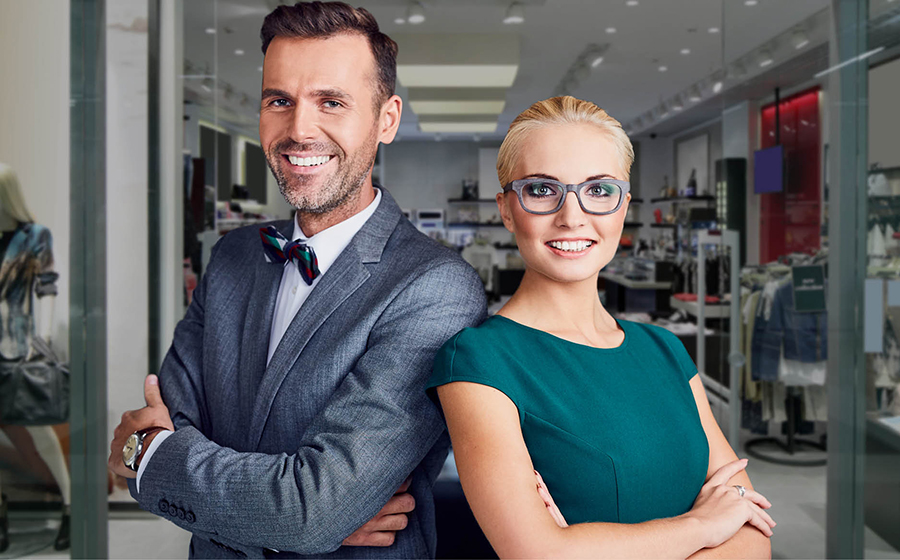What business are you in? This has become the existential crisis of retail. Talk to digital natives and they\’ll tell you in no uncertain terms that retail is a tech platform delivering digital experiences and products electronically.
Steve Jobs said, \”Get closer than ever to your customers. So close that you tell them what they need well before they realize it themselves.\” That requires a genius sense of intuition blended with significant machine learning that plays to the expectations of next-gen customers and their parents looking for convenience, speed and easy answers.
Then talk to luxury retail giant Bernard Arnault and he\’ll tell you, \”Steve Jobs once asked me for some advice about retail, but I said, \’I am not sure at all we are in the same business.\’\” And there\’s pioneer Harold Schulz who stated, \”We think of Starbucks not as a coffee company but a media company.\” And the disrupter-in-chief Jeff Bezos says, \”The three most important things in retail are location, location, location. The three most important things for our consumer business are technology, technology, technology.\”
Maybe, but \”Until Amazon creates a drone that can cut your hair, there\’s a physical and real reason to come to the store,\” says Mary Dillon, CEO, ULTA Beauty. In any case, what retail is today is clearly a matter of debate.
We are at a turning point. Technology has redefined our retail businesses and reframed how they serve their customers. But legacy leaders are still operating with a 19th-century attitude and vocabulary about retail. They are racing to bridge two centuries in retail operations for their customers, workforce and suppliers with tech adoption. By necessity and under consumer pressure, retail has transformed into a platform business integrating technology into a brick-and-mortar paradigm.
Whether you call it omnichannel, all channel or simply integrated, the parts of the whole are rarely connected seamlessly. The price of meeting consumer demand with free shipping and returns plus the costs of running one step ahead of investors is putting venerable icons out of business and everyone else at risk.
Yes, retail is an evolutionary business, and the natural selection process is at play with the weakest or least adaptable falling by the wayside. Some brands are not meant to last forever. But in a high-tech environment, businesses have no excuse when they can re-engineer and reinvent themselves even on the slow turn of a dime. And the startups are as challenged as the brick-and-mortar guys…their customer acquisition costs are strangling their growth. So, what do we have? Legacy brands that are technical laggards and tech wizard startups that are physical laggards. Exacerbating everything is the customer. Easily bored, mercurial, distracted and impatient. They are calling the shots, assassinating retail both new and old.
Bleak? Maybe. So, who\’s right here: life coach Tony Robbins says, \”If you do what you\’ve always done, you\’ll get what you\’ve always gotten.\” Or Mickey Drexler, Former CEO and current Chairman of J.Crew Group, who says \”People like consistency. Whether it\’s a store or a restaurant, they want to come in and see what you are famous for.\” Do we look for answers inside of the profession, or go outside to learn from the outside in?
Here\’s an idea. Pauline Brown has coined the term Aesthetic Intelligence in her new book of the same title. Brown believes that \”Aesthetics is the pleasure we derive from perceiving an object or experience through our senses. Aesthetic businesses don\’t just sell products and services that meet customers\’ needs; they offer experiences that are a pleasure to buy and consume. In turn, their customers pay a premium — not for the utility of their purchase, but for the sensorial delight they enjoy,\” as reported in Wharton Magazine.
Maybe it\’s time to rethink the operating systems here. Maybe instead of the race to the bottom, we race to the top with an intelligent strategy defining the true value of our brands. Brown goes on to explain, \”Business leaders with high AI are attuned not only to their own aesthetic tastes and preferences but to those of their customers as well. After all, studies show that 86 percent of purchase decisions are based on how a product or service makes a customer feel; only 15 percent are based on a rational assessment of features and functions.\”
This isn\’t a factor just for luxury goods, it applies to a broad swath of merchandise and services. If it is authentically presented and marketed as fulfilling an experiential need, it elevates a jacket to a Patagonia performance solution. It moves T-shirts to a Uniqlo Heattech fiber technology. It redefines a cashmere crewneck as a Nadaam contribution to goat herders. And a sneaker to Nike Air technology using supergasses.
Whether high tech or high touch, every retailer can pivot their future to leveraging an aesthetic intelligence to help the consumer feel better about choosing them as an emporium of choice. If products have become commodities, thanks to the internet, then the opportunity is for innovative retailers to change the conversation, take control, and woo the customer with a better promise than cheaper prices and convenience.
We all want to feel better about the choices we make — price doesn\’t last in the long run. Let\’s go back to the master. Harry Gordon Selfridge said, \”Remember always that the recollection of quality remains long after the price is forgotten. Then your business will prosper by a natural process.\” Defy natural selection and make your brand an experience worth having.




